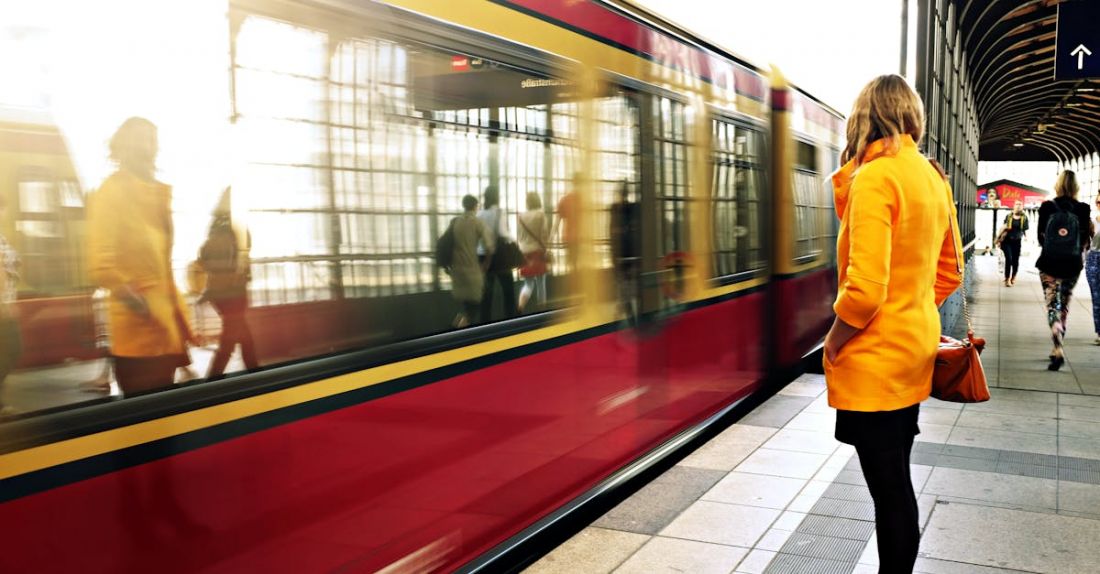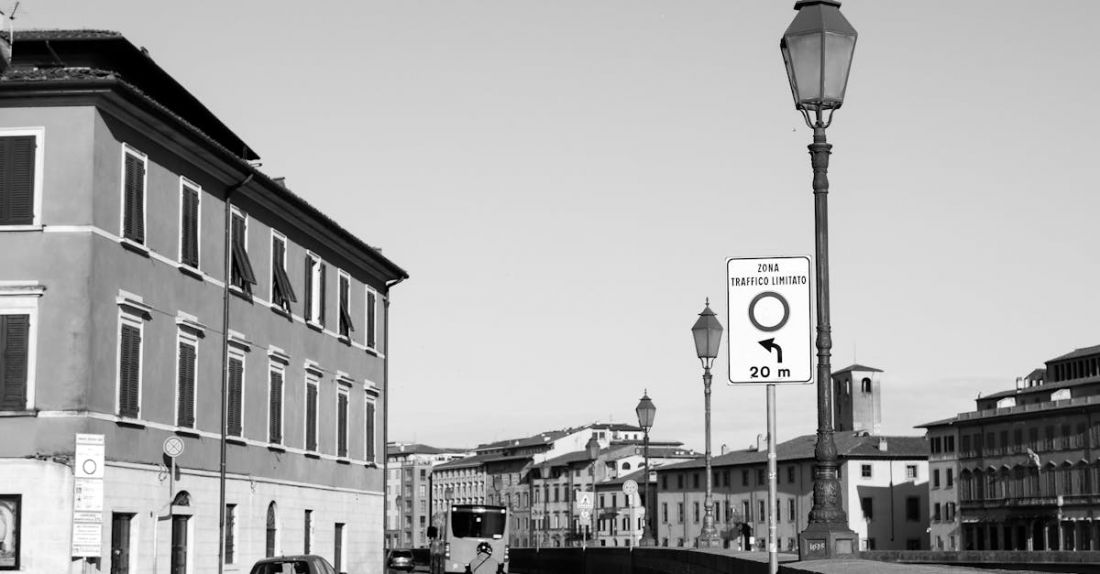
Smart Traffic Lights: Revolutionizing Urban Traffic Management
Urban traffic congestion has become a major issue in cities worldwide, leading to increased travel times, air pollution, and frustration among commuters. As urban populations continue to grow, the need for innovative solutions to improve traffic flow and reduce congestion has never been more urgent. One promising technology that holds the potential to address these challenges is the implementation of smart traffic lights.
Enhanced Efficiency through Data Analytics
Traditional traffic lights operate on fixed schedules, often leading to inefficient traffic flow during peak hours. Smart traffic lights, on the other hand, utilize advanced data analytics and real-time monitoring to adjust signal timings based on actual traffic conditions. By integrating sensors, cameras, and communication systems, these intelligent traffic lights can dynamically optimize signal timings to accommodate fluctuating traffic volumes.
Adaptive signal control systems analyze traffic patterns and adjust signal timings in real-time to minimize delays and maximize the efficiency of intersections. This proactive approach allows for smoother traffic flow, reducing congestion and improving overall travel times for commuters. By responding to changing conditions on the road, smart traffic lights can help prevent bottlenecks and keep traffic moving smoothly throughout the city.
Prioritizing Pedestrian Safety and Accessibility
In addition to optimizing vehicle traffic flow, smart traffic lights also play a crucial role in enhancing pedestrian safety and accessibility. By incorporating pedestrian detection systems and crosswalk signals, these intelligent traffic lights can prioritize the safety of pedestrians at intersections. Advanced features such as countdown timers and audible signals further improve the visibility and awareness of pedestrians, reducing the risk of accidents and enhancing overall road safety.
Furthermore, smart traffic lights can be programmed to provide extended crossing times for pedestrians with limited mobility or visual impairments, ensuring that all individuals can safely navigate intersections. By creating a more pedestrian-friendly environment, smart traffic lights promote inclusivity and contribute to the overall well-being of urban communities.
Mitigating Environmental Impact
The environmental benefits of smart traffic lights extend beyond traffic management and safety improvements. By reducing congestion and idling at intersections, these intelligent systems help minimize fuel consumption and greenhouse gas emissions from vehicles. Smoother traffic flow leads to more efficient driving patterns, resulting in lower fuel consumption and reduced air pollution in urban areas.
Moreover, the integration of smart traffic lights with eco-friendly transportation initiatives, such as electric vehicles and bike lanes, can further reduce the environmental impact of urban traffic. By promoting sustainable modes of transportation and incentivizing green commuting options, smart traffic lights contribute to a cleaner and healthier urban environment for residents.
Enhancing Connectivity and Integration
Smart traffic lights are a key component of smart city initiatives that aim to leverage technology to improve urban infrastructure and services. By connecting traffic lights to centralized control systems and leveraging data analytics, cities can gain valuable insights into traffic patterns, congestion hotspots, and infrastructure performance. This data-driven approach enables city planners to make informed decisions and implement targeted interventions to optimize traffic flow and enhance overall urban mobility.
Furthermore, the integration of smart traffic lights with other smart city technologies, such as intelligent transportation systems and connected vehicles, creates a seamless ecosystem of interconnected infrastructure. This holistic approach to urban mobility fosters greater efficiency, safety, and sustainability, transforming cities into more livable and resilient environments for residents and visitors alike.
In conclusion, smart traffic lights have the potential to revolutionize urban traffic management by enhancing efficiency, prioritizing safety, mitigating environmental impact, and promoting connectivity. By harnessing the power of data analytics and real-time monitoring, these intelligent systems offer a proactive solution to the challenges of urban congestion and traffic flow. As cities continue to embrace smart technologies and sustainable urban planning, smart traffic lights will play a vital role in shaping the future of urban mobility and creating more vibrant and resilient cities for generations to come.





